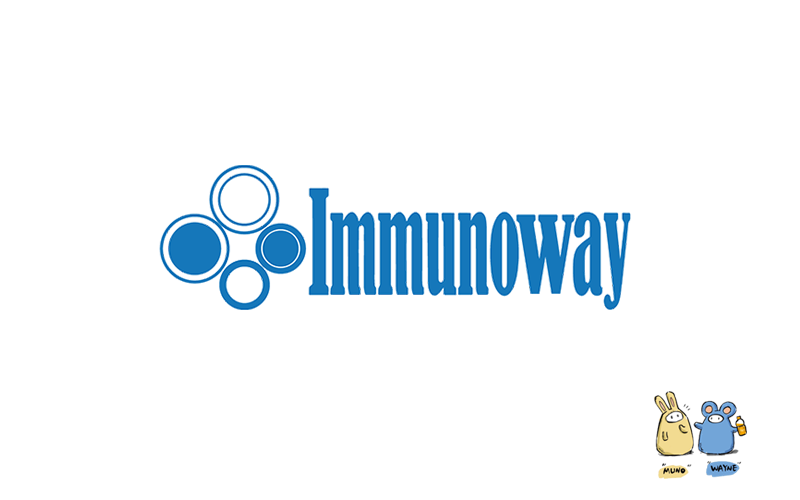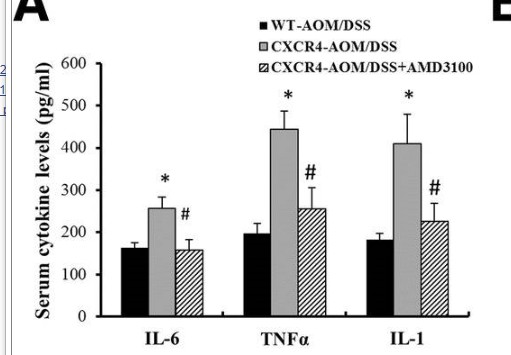
Catalog: KA3279C
Size
Price
Status
Qty.
96well
$330.00
In stock
0
Add to cart


Collected


Collect
Main Information
Reactivity
Human, Mouse, Rat
Applications
ELISA
Conjugate/Modification
Unmodified
Detailed Information
Storage
2-8°C/6 months
Modification
Unmodified
Detection Method
Colorimetric
Related Products
Antigen&Target Information
Gene Name:
SLC2A1
show all
Other Name:
Solute carrier family 2, facilitated glucose transporter member 1 ;
Glucose transporter type 1, erythrocyte/brain ;
GLUT-1 ;
HepG2 glucose transporter ;
Glucose transporter type 1, erythrocyte/brain ;
GLUT-1 ;
HepG2 glucose transporter ;
show all
Background:
disease:Defects in SLC2A1 are the cause of autosomal dominant GLUT1 deficiency syndrome [MIM:606777]; also called blood-brain barrier glucose transport defect. This disease causes a defect in glucose transport across the blood-brain barrier. It is characterized by infantile seizures, delayed development, and acquired microcephaly.,disease:Defects in SLC2A1 are the cause of dystonia type 18 (DYT18) [MIM:612126]. DYT18 is an exercise-induced paroxysmal dystonia/dyskinesia. Dystonia is defined by the presence of sustained involuntary muscle contraction, often leading to abnormal postures. DYT18 is characterized by attacks of involuntary movements triggered by certain stimuli such as sudden movement or prolonged exercise. In some patients involuntary exertion-induced dystonic, choreoathetotic, and ballistic movements may be associated with macrocytic hemolytic anemia.,function:Facilitative glucose transporter. This isoform may be responsible for constitutive or basal glucose uptake. Has a very broad substrate specificity; can transport a wide range of aldoses including both pentoses and hexoses.,online information:GLUT1 entry,PTM:Phosphorylated upon DNA damage, probably by ATM or ATR.,similarity:Belongs to the major facilitator superfamily. Sugar transporter (TC 2.A.1.1) family. Glucose transporter subfamily.,subcellular location:Localizes primarily at the cell surface (By similarity). Identified by mass spectrometry in melanosome fractions from stage I to stage IV.,tissue specificity:Expressed at variable levels in many human tissues.,
show all
Function:
response to osmotic stress, carbohydrate transport, hexose transport, response to abiotic stimulus, monosaccharide transport, glucose transport, xenobiotic transport, transmembrane transport,
show all
Cellular Localization:
Cell membrane ; Multi-pass membrane protein . Melanosome . Photoreceptor inner segment . Localizes primarily at the cell surface (PubMed:18245775, PubMed:19449892, PubMed:23219802, PubMed:25982116, PubMed:24847886). Identified by mass spectrometry in melanosome fractions from stage I to stage IV (PubMed:17081065). .
show all
Tissue Expression:
Detected in erythrocytes (at protein level). Expressed at variable levels in many human tissues.
show all
Signaling Pathway
Organismal Systems >> Endocrine system >> Insulin secretion
Organismal Systems >> Endocrine system >> Glucagon signaling pathway
Organismal Systems >> Endocrine system >> Adipocytokine signaling pathway
Organismal Systems >> Endocrine system >> Thyroid hormone signaling pathway
Human Diseases >> Cancer: overview >> Pathways in cancer
Human Diseases >> Cancer: overview >> Central carbon metabolism in cancer
Human Diseases >> Cancer: specific types >> Renal cell carcinoma
Environmental Information Processing >> Signal transduction >> HIF-1 signaling pathway
Reference Citation({{totalcount}})
Catalog: KA3279C
Size
Price
Status
Qty.
96well
$330.00
In stock
0
Add to cart


Collected


Collect
Recently Viewed Products
Clear allPRODUCTS
CUSTOMIZED
ABOUT US
Toggle night Mode
{{pinfoXq.title || ''}}
Catalog: {{pinfoXq.catalog || ''}}
Filter:
All
{{item.name}}
{{pinfo.title}}
-{{pinfo.catalog}}
Main Information
Target
{{pinfo.target}}
Reactivity
{{pinfo.react}}
Applications
{{pinfo.applicat}}
Conjugate/Modification
{{pinfo.coupling}}/{{pinfo.modific}}
MW (kDa)
{{pinfo.mwcalc}}
Host Species
{{pinfo.hostspec}}
Isotype
{{pinfo.isotype}}
Product {{index}}/{{pcount}}
Prev
Next
{{pvTitle}}
Scroll wheel zooms the picture
{{pvDescr}}



















